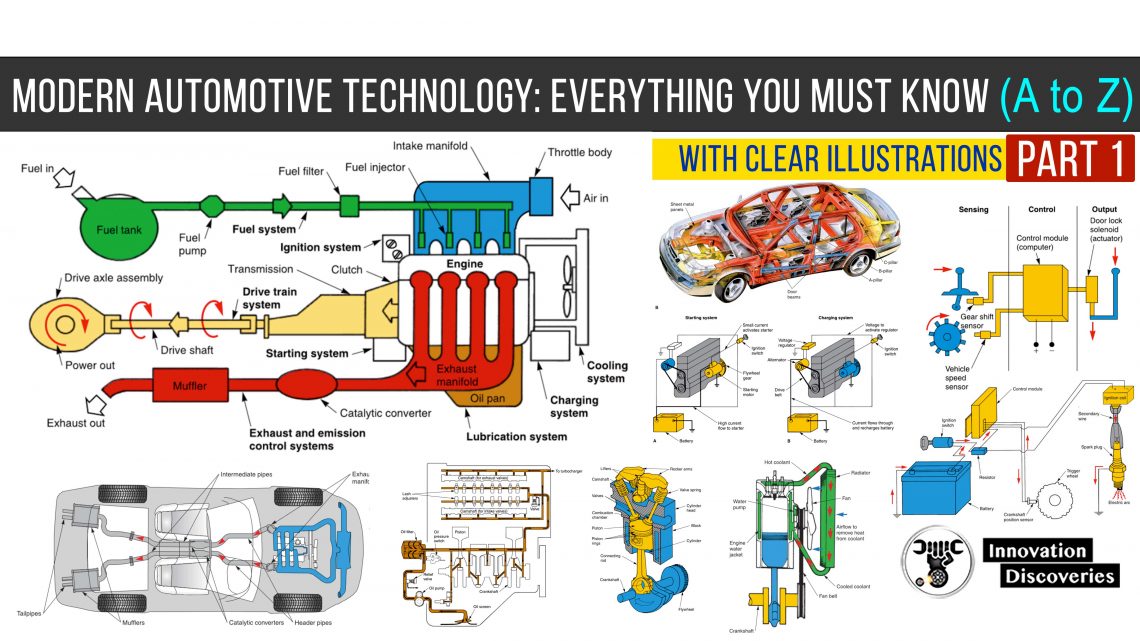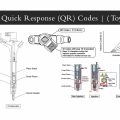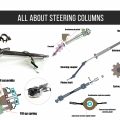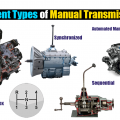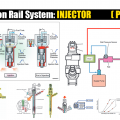Figure 1-21. It is a hollow metal tube with two or more universal (swivel) joints.
The universal joints allow the rear suspension to move up and down without damaging the drive shaft.
PART 01 – Modern Automotive Technology: Everything You Must Know (A to Z) Part 1
Rear Axle Assembly
The rear axle assembly contains a differential and two axles.
The differential is a set of gears and shafts that transmits power from the driveshaft to the axles.
The axles are steel shafts that connect the differential and drive wheels, Figure 1-21.

The drive shaft sends power to the rear axle assembly. The rear axle assembly contains the differential and two axles that turn the rear drive wheels. (Lexus)
READ: SIMPLE EXPLAIN DIFFERENCE BETWEEN SHAFT AND AXLE
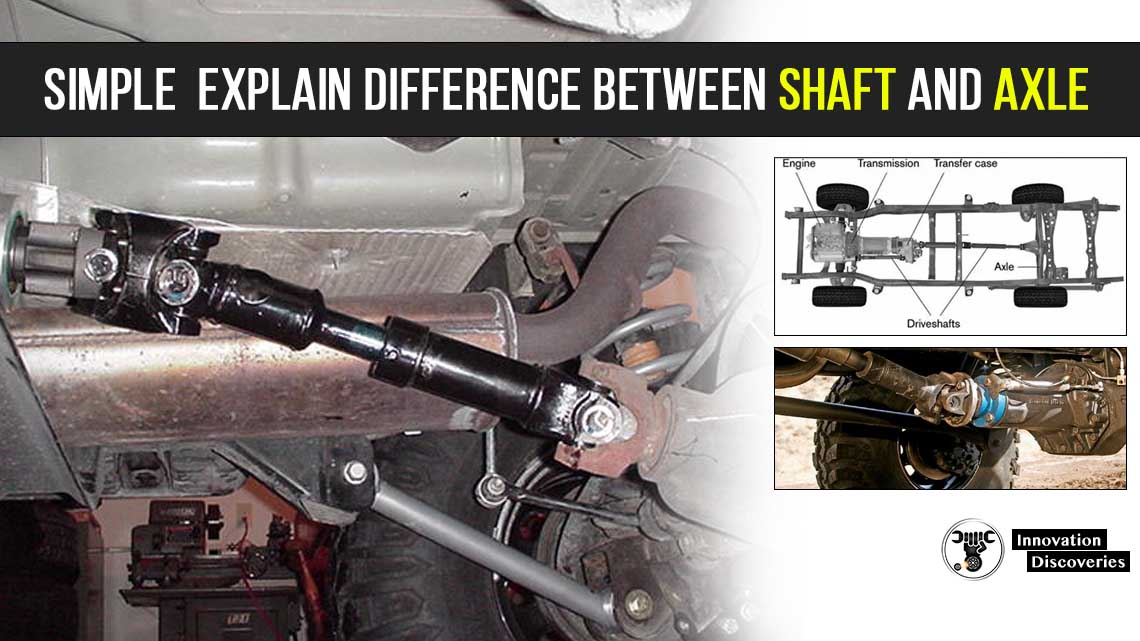
- Checking the rear axle for leaks and changing the oil
- The Differences Between Semi-Floating vs Full Floating Axles
- How Many Axles Does A Car Have? Known It Here
Transaxle
The transaxle consists of a transmission and a differential in a single housing.
Although a few rear-wheel-drive vehicles are equipped with transaxles, they are most commonly used with front-wheel-drive vehicles, Figure 1-22. Both manual and automatic transaxles are available.
The internal parts of a modern transaxle assembly are illustrated in Figure 1-23.
Front Drive Axles
The front-drive axles connect the transaxle differential to the hubs and wheels of the vehicle.
These axles are equipped with constant-velocity joints, which allow the front wheels to be turned to the left or right and to move up and down.
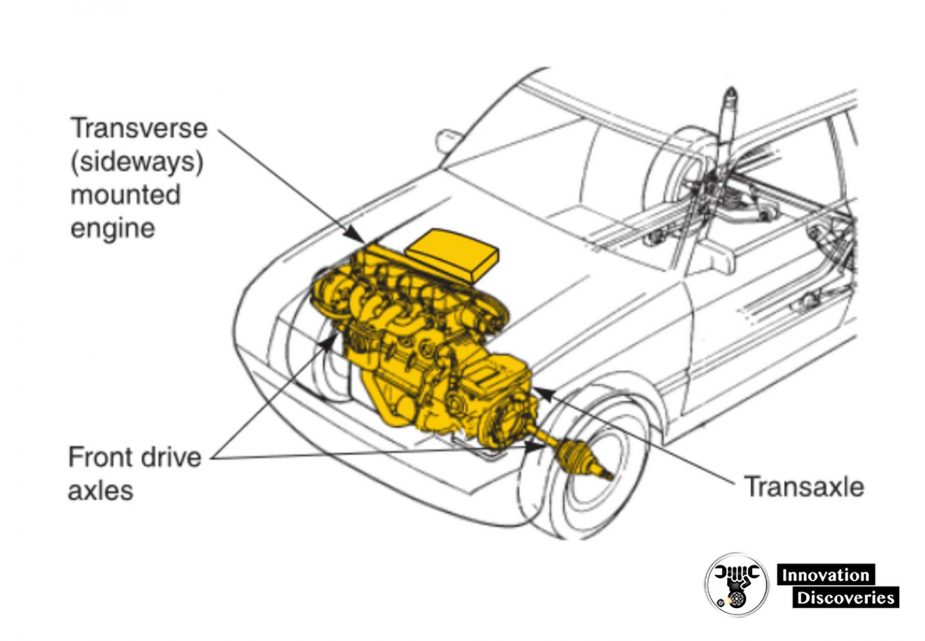
Front-wheel-drive vehicles do not have a driveshaft or a rear-drive axle assembly.
The complete drive train is in the front of the vehicle. (Ford)

A transaxle contains a transmission and a differential in one housing. (Ford)
Suspension, Steering, and Brake Systems
The suspension, steering, and brake systems are the movable parts of the chassis.
They bolt or anchor to the frame and provide important functions that will be explained in the following sections.
Suspension System
The suspension system allows the vehicle’s wheels and tires to move up and down with little effect on body movement.
This makes the vehicle’s ride smooth and safe. The suspension system also prevents excessive body lean when turning corners quickly.
As you can see in Figure 1-24, various springs, bars, swivel joints, and arms make up the suspension system.
Read more about suspension
- HOW CAR SPRINGS AND DAMPERS WORK
- HOW AIR SUSPENSION SYSTEMS WORK
- 5 SUSPENSION MODS YOU SHOULD NEVER DO TO YOUR CAR
- A QUICK GUIDE TO DIAGNOSING 10 COMMON STEERING ISSUES
- 5 WARNING SIGNS OF BAD INTERMEDIATE STEERING SHAFTS
- 3 COMMON SYMPTOMS OF LOW POWER STEERING FLUID
- ELECTRIC VS HYDRAULIC POWER STEERING
- HOW POWER STEERING WORKS?
- STEERING SYSTEM: REQUIREMENTS, TYPES, POWER STEER
Steering System
The steering system allows the driver to control vehicle direction by turning the wheels right or left.
It uses a series of gears, swivel joints, and rods to do this. Study the names of the parts in Figure 1-24.
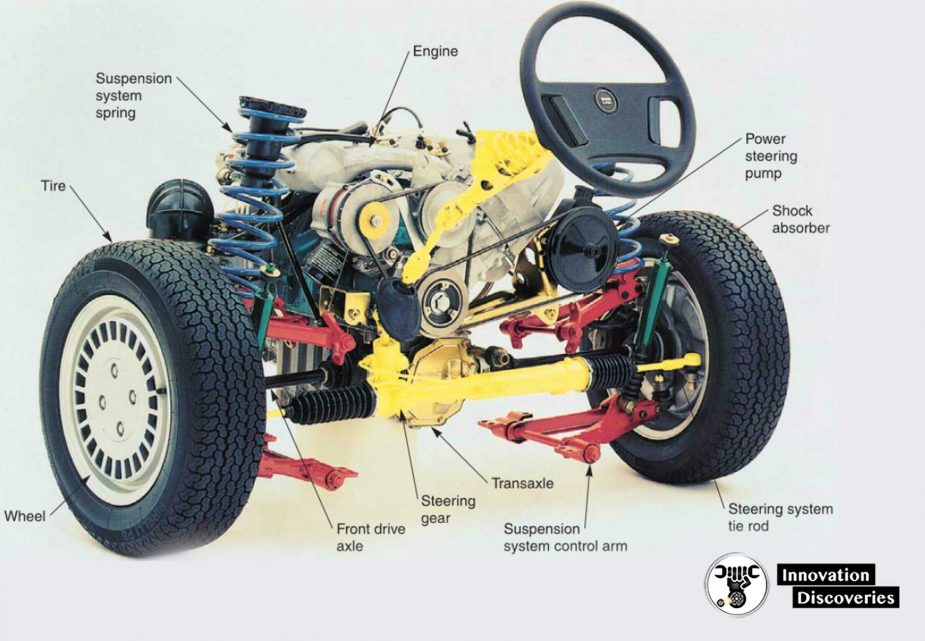
The suspension and steering systems mount on the frame. Study the part names. (Saab-Scania)
Read: HOW POWER STEERING WORKS?

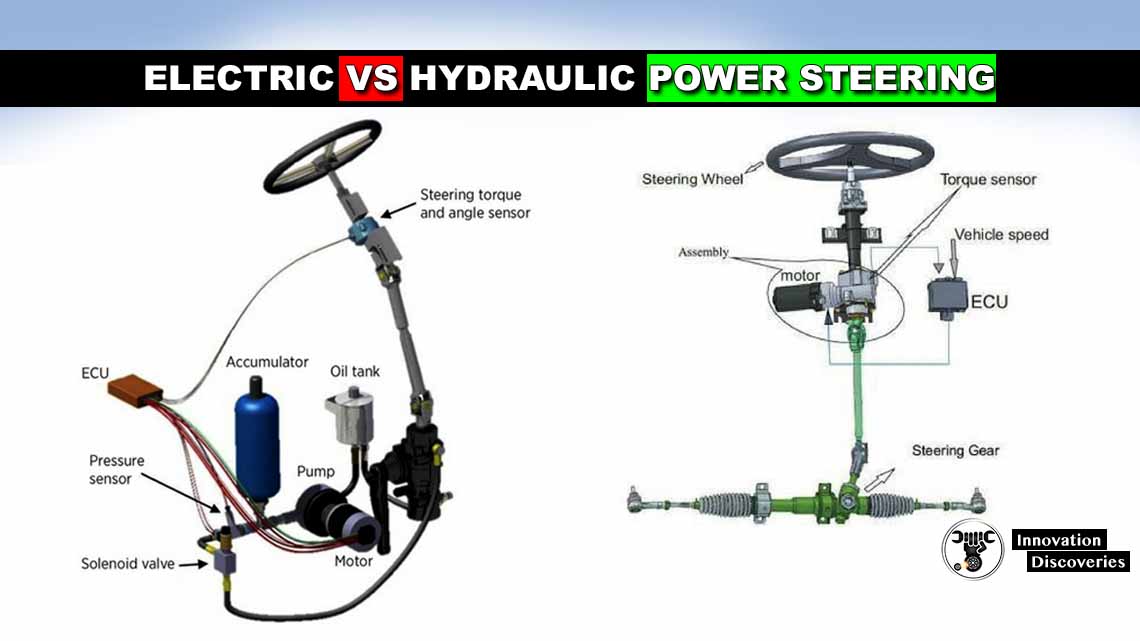
Read More:
- 3 COMMON SYMPTOMS OF LOW POWER STEERING FLUID
- ELECTRIC VS HYDRAULIC POWER STEERING
- HOW POWER STEERING WORKS?
- STEERING SYSTEM: REQUIREMENTS, TYPES, POWER STEER
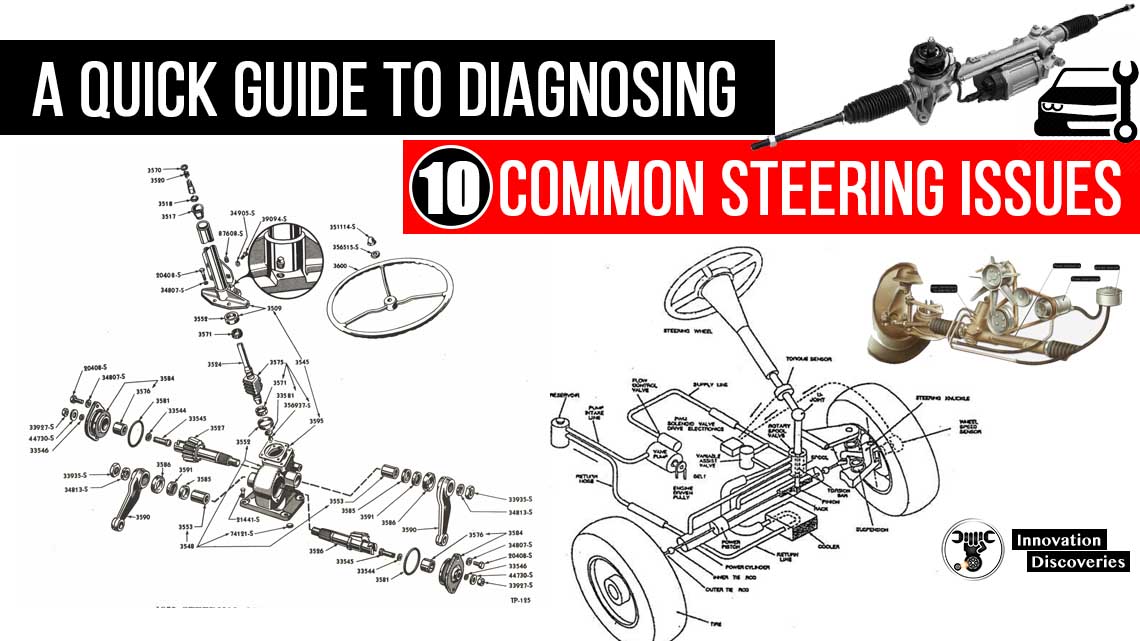
Brake System
The brake system produces friction to slow or stop the vehicle. When the driver presses the brake pedal, fluid pressure actuates a brake mechanism at each wheel.
These mechanisms force friction material (brake pads or shoes) against metal discs or drums to slow wheel rotation. Figure 1-25 shows the fundamental parts of a brake system.
More About Braking Systems
- Top 5 Causes of Steering Wheel Shakes at Low and High Speeds
- HOW HYDRAULIC BRAKE WORKS?
- AIR BRAKE SYSTEM: COMPONENTS, WORKING PRINCIPLE, AND APPLICATIONS
- HOW DOES REGENERATIVE BRAKING WORK?
- 8 REASONS YOUR CAR IS MAKING GRINDING NOISE WHEN BRAKING
- Regenerative Braking System
- JAKE BRAKE VS. EXHAUST BRAKE: WHICH IS BETTER?
- SQUEALING BRAKES AT LOW SPEED: CAUSES AND SOLUTIONS
- TROUBLESHOOTING A HARD BRAKE PEDAL
- CONVERT DRUM BRAKES TO DISC BRAKES IN 3 STEPS!
- CAUSES OF THE BRAKE WARNING LIGHT COMING ON
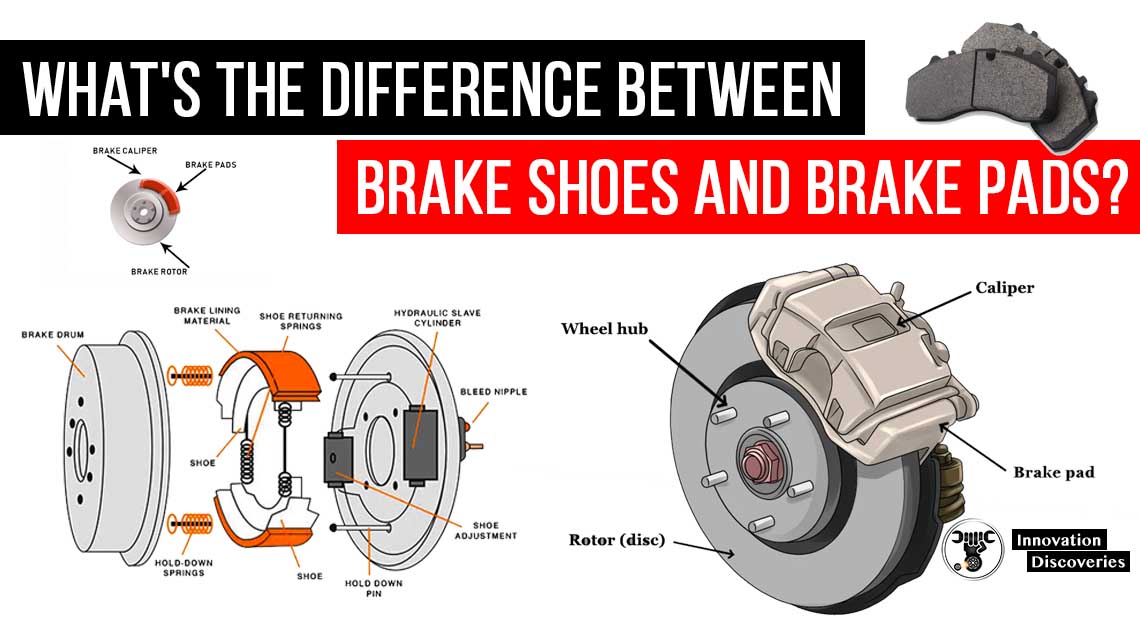
Accessory and Safety Systems
Common accessory systems include the air conditioner, sound system, power seats, power windows, and rear window defogger.
Common safety systems include seat belts, airbags, and security systems.
Visit Forum
Visit Our Friendly Website


